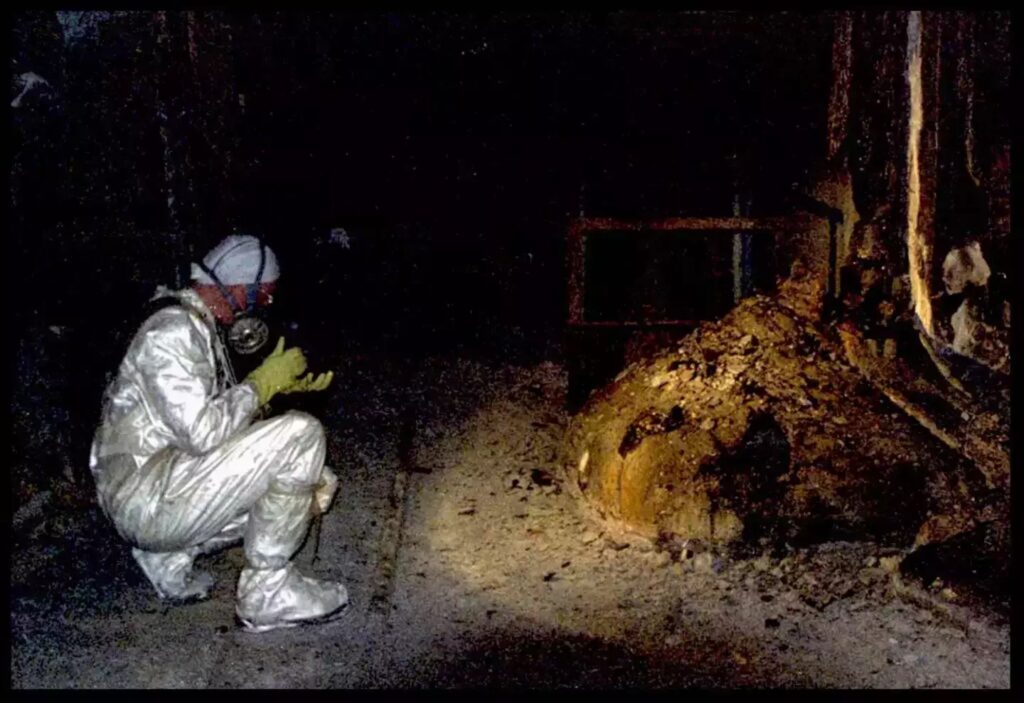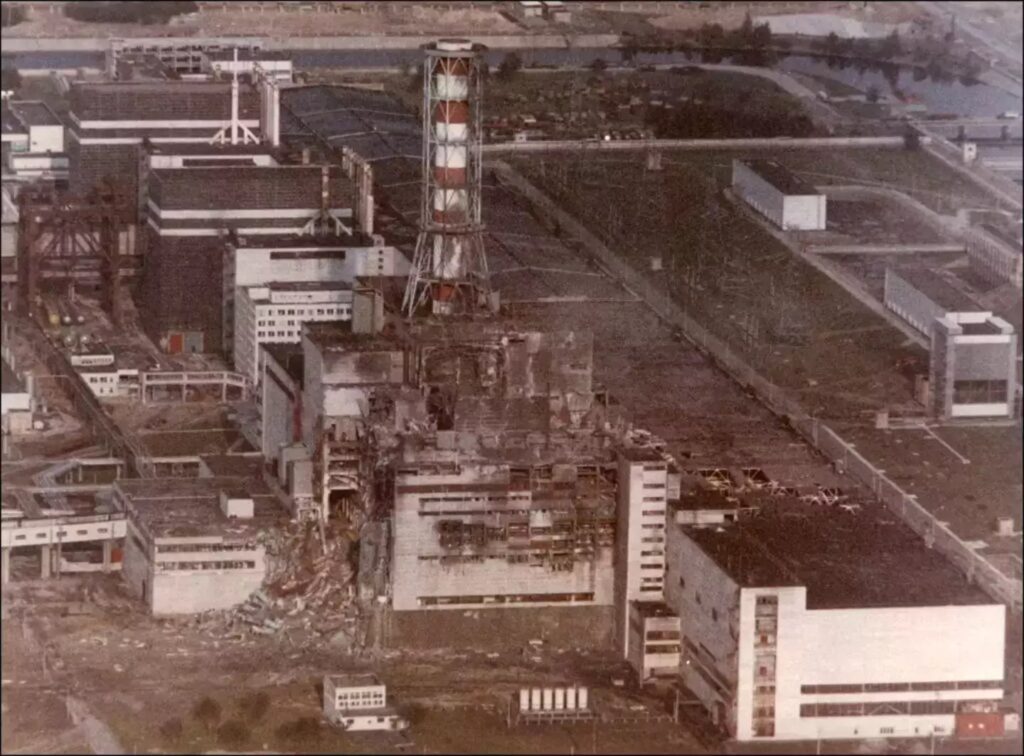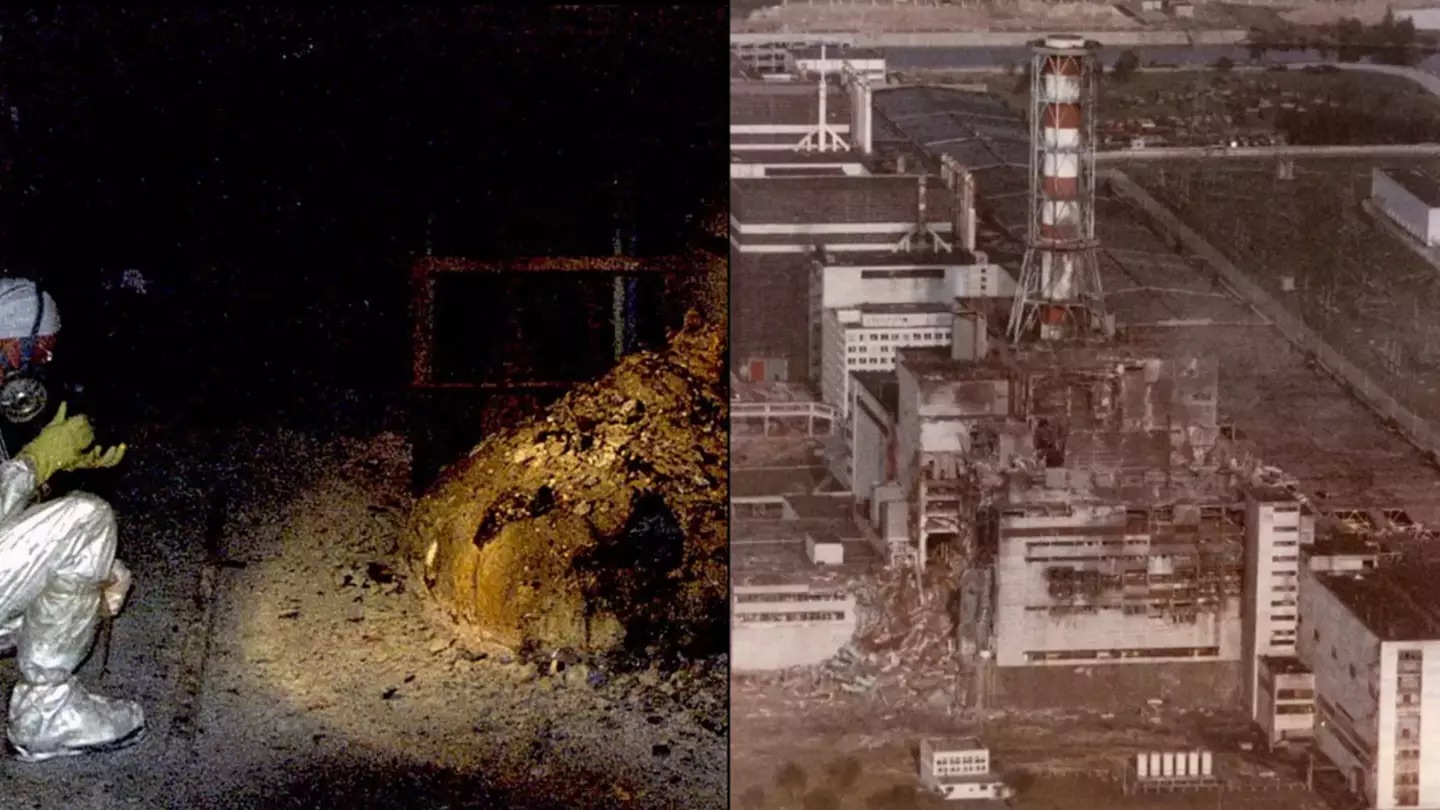The most dangerous object in the world, known as the “Elephant’s Foot,” can be fatal after just five minutes of exposure. Even a brief encounter—30 seconds—can cause extreme fatigue and dizziness, while two minutes can lead to cell hemorrhaging, vomiting, diarrhea, and fever. After 300 seconds of exposure, death may occur within two days.
The Elephant’s Foot is a highly radioactive mass located at the Chernobyl Nuclear Power Plant in Pripyat, Ukraine. It was created during the 1986 explosion of Reactor Number Four and is made up of corium—a mixture of nuclear fuel, melted concrete, and metal. The object was named for its resemblance to an elephant’s foot, and when it first formed, being near it for even a few minutes was lethal due to the intense radiation.

Although radiation levels have diminished over the past 40 years, the Elephant’s Foot remains dangerously radioactive. It continues to emit heat and serves as a powerful symbol of the Chernobyl disaster’s enduring legacy.
The 1986 explosion and its aftermath initially claimed the lives of 31 people, primarily plant workers and emergency responders, from acute radiation sickness and related injuries. Over time, the long-term effects of radiation exposure have resulted in thousands more deaths. The World Health Organization estimates that up to 4,000 people may die from radiation-related cancers.

Lydia Zablotska, a researcher from the University of California San Francisco who grew up in Ukraine and trained as a physician in Belarus, has studied the health impacts on Chernobyl workers. She notes that the first responders—firefighters and nuclear workers who fought to control the explosion—were exposed to massive doses of gamma radiation, which can penetrate tissues, damage cells, and lead to genetic mutations, greatly increasing the risk of cancer.
